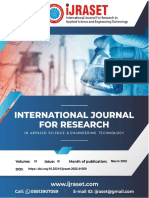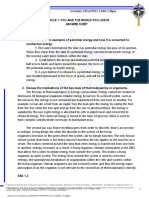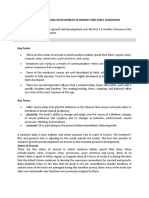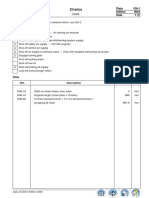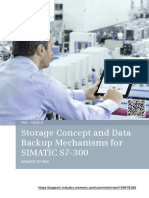0% found this document useful (0 votes)
26 views11 pagesSmart Home Energy Optimization System Using AI
The document outlines a project proposal for a Smart Home Energy Optimization System using AI, aimed at improving energy efficiency and reducing costs in households. It includes sections on the introduction, literature survey, problem statement, proposed solutions, required tools, and a plan of action. The project emphasizes the integration of AI with home automation to predict energy usage and optimize appliance operations.
Uploaded by
crimson711Copyright
© © All Rights Reserved
We take content rights seriously. If you suspect this is your content, claim it here.
Available Formats
Download as PPTX, PDF, TXT or read online on Scribd
0% found this document useful (0 votes)
26 views11 pagesSmart Home Energy Optimization System Using AI
The document outlines a project proposal for a Smart Home Energy Optimization System using AI, aimed at improving energy efficiency and reducing costs in households. It includes sections on the introduction, literature survey, problem statement, proposed solutions, required tools, and a plan of action. The project emphasizes the integration of AI with home automation to predict energy usage and optimize appliance operations.
Uploaded by
crimson711Copyright
© © All Rights Reserved
We take content rights seriously. If you suspect this is your content, claim it here.
Available Formats
Download as PPTX, PDF, TXT or read online on Scribd
/ 11

















































